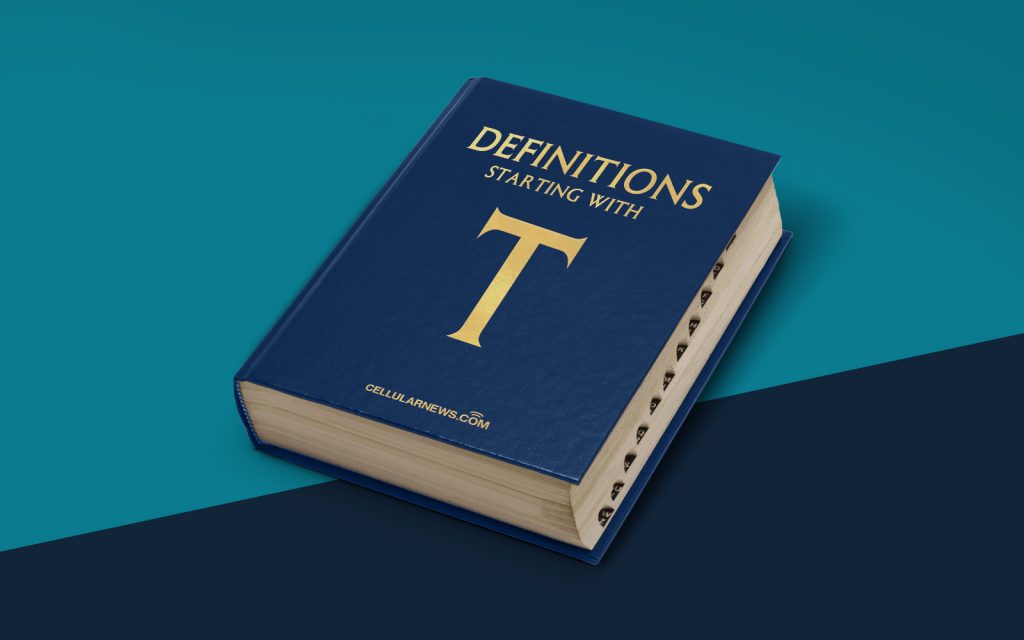
What is Typesetting?
Welcome to the “DEFINITIONS” category on our page! In this blog post, we are delving into the world of typesetting. So, what exactly is typesetting? Let’s find out!
Typesetting is an essential step in the process of creating a visually appealing and readable design for printed or digital materials. It involves arranging text and graphics on a page in a way that not only looks aesthetically pleasing but also enhances readability and communication of the content.
Key Takeaways:
- Typesetting is the art of arranging text and graphics on a page.
- It involves enhancing the visual appeal and readability of printed or digital materials.
Now that we have a basic understanding of typesetting, let’s dive deeper into its importance and how it is accomplished.
Importance of Typesetting:
Typesetting plays a crucial role in ensuring that a piece of content effectively communicates its intended message. Here are three key reasons why typesetting is important:
- Readability: By organizing text in an easy-to-read manner, typesetting enables readers to consume information effortlessly, leading to a better overall reading experience.
- Visual Appeal: A well-executed typesetting design enhances the visual appeal of a publication, capturing the attention of readers and making them more likely to engage with the content.
- Brand Identity: Consistent and thoughtfully designed typesetting can help establish and reinforce a brand’s identity by showcasing its unique style and personality.
How is Typesetting Accomplished?
To achieve effective typesetting, designers utilize various techniques and tools. Here are some common methods employed in the typesetting process:
- Typography: The choice of fonts, font sizes, and spacing is crucial for creating a visually appealing text layout.
- Grid Systems: Designers often use grid systems to establish a consistent structure for arranging text and graphics on a page.
- White Space: Leaving enough white space (or negative space) between elements helps in improving readability and giving the design a balanced look.
- Alignment and Justification: Proper alignment and justification of text blocks and graphics aid in maintaining visual harmony and readability.
- Consistency: Consistency in font styles, sizes, colors, and spacing ensures a coherent and professional-looking design.
With the advent of digital publishing, typesetting has expanded to include the presentation of content in various formats such as websites, e-books, and mobile applications. Additionally, typesetting also involves taking into account responsive design principles to ensure optimal readability across different devices.
Typesetting may seem like a small piece of the design puzzle, but it plays a significant role in creating visually engaging and readable content. So, whether you’re creating a brochure, magazine, website, or any other published material, don’t underestimate the power of typesetting!
